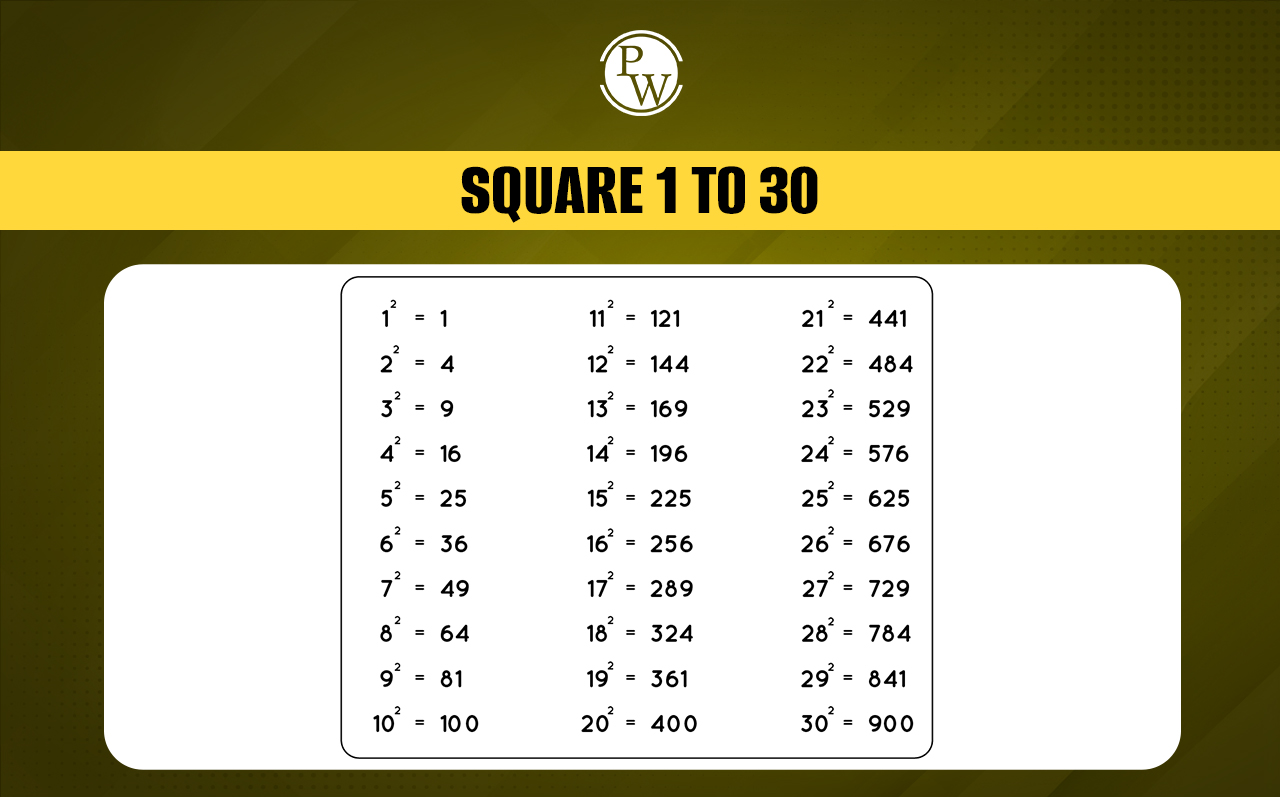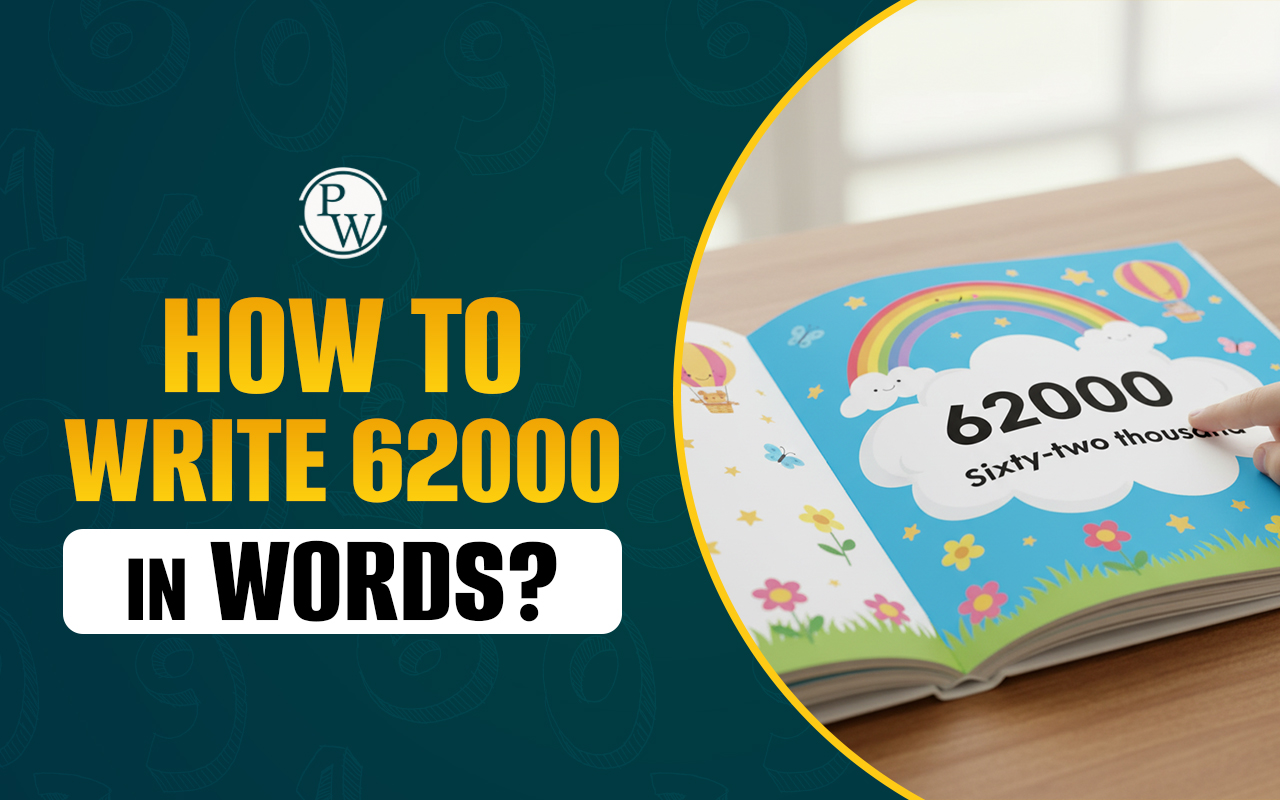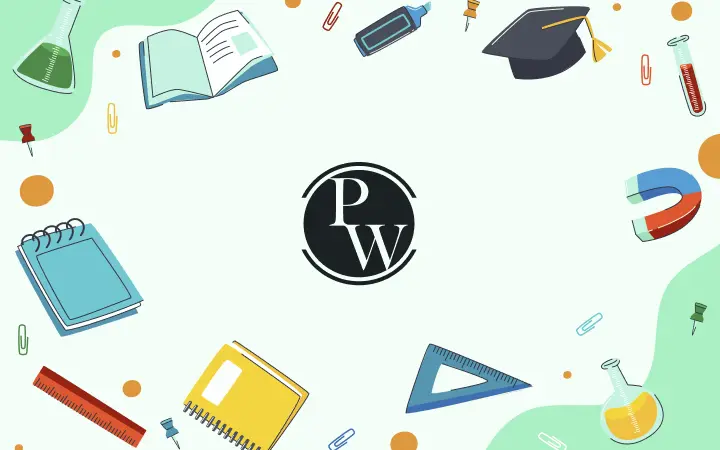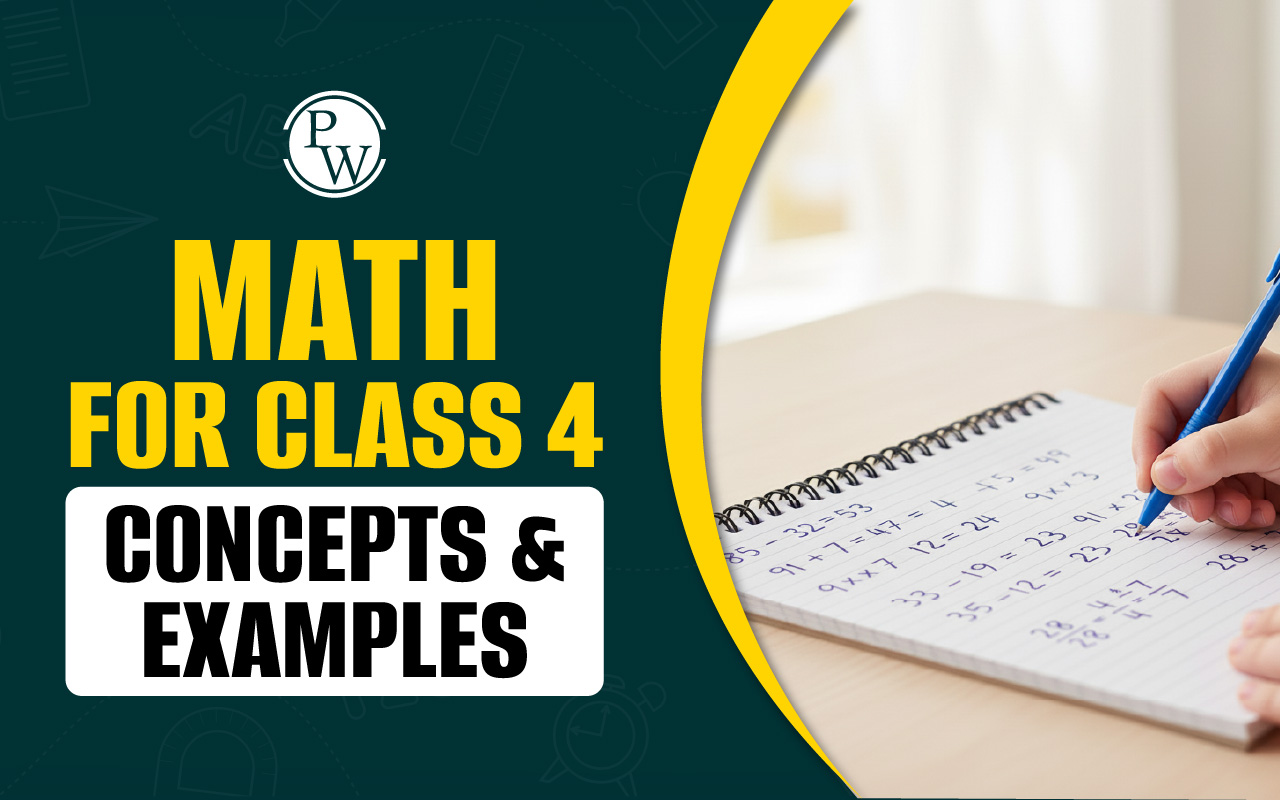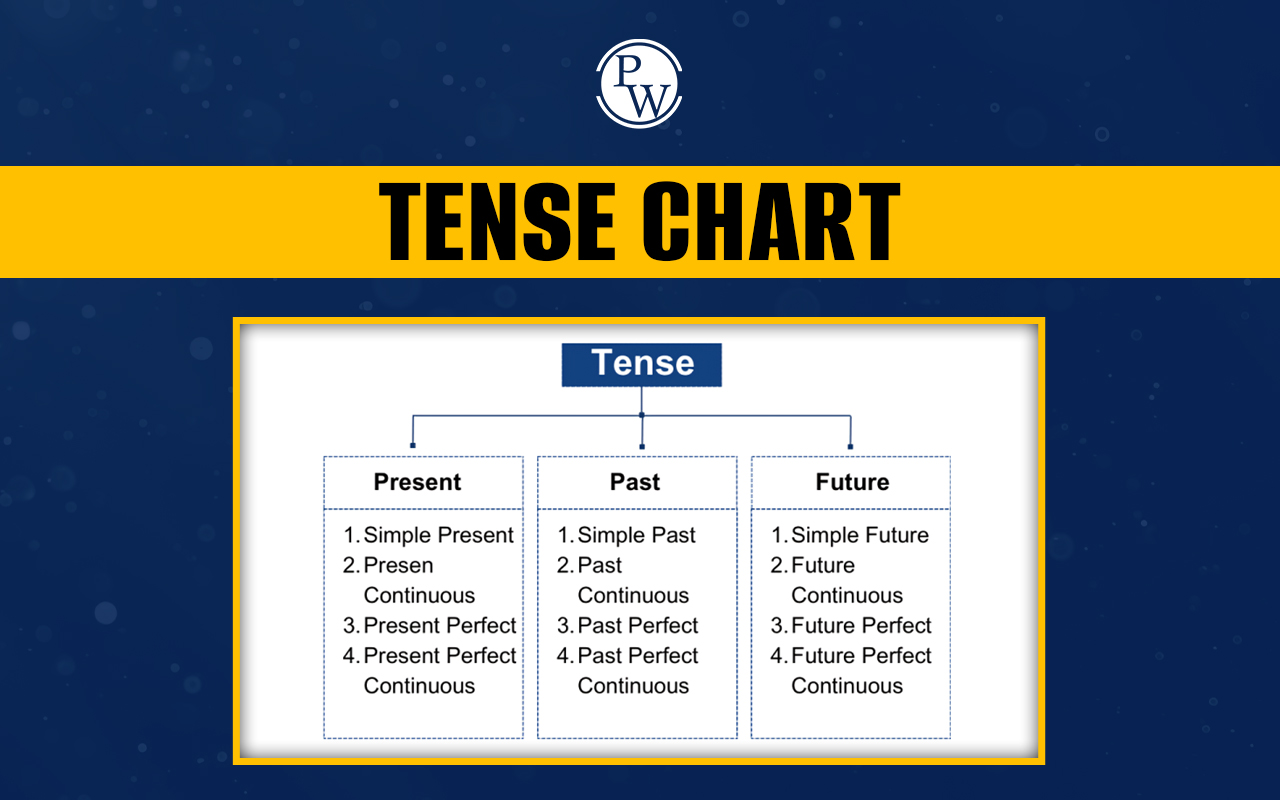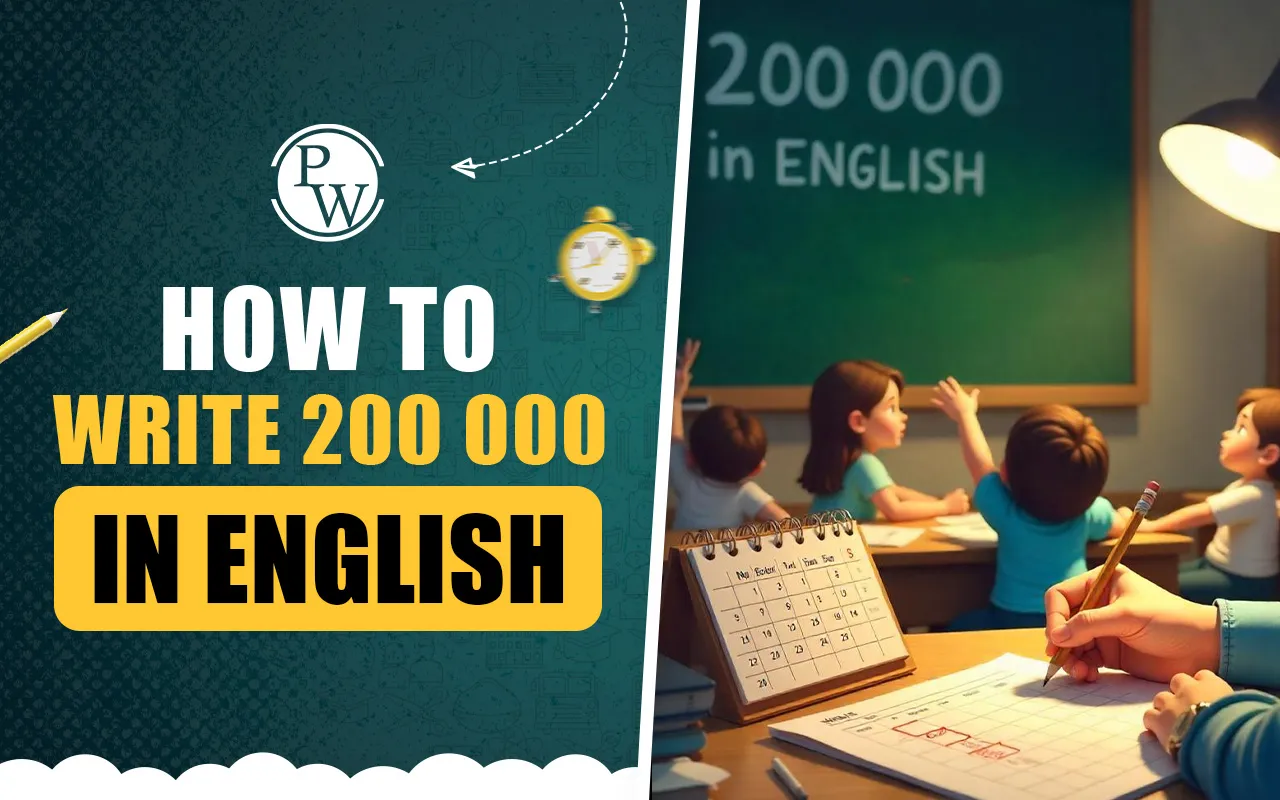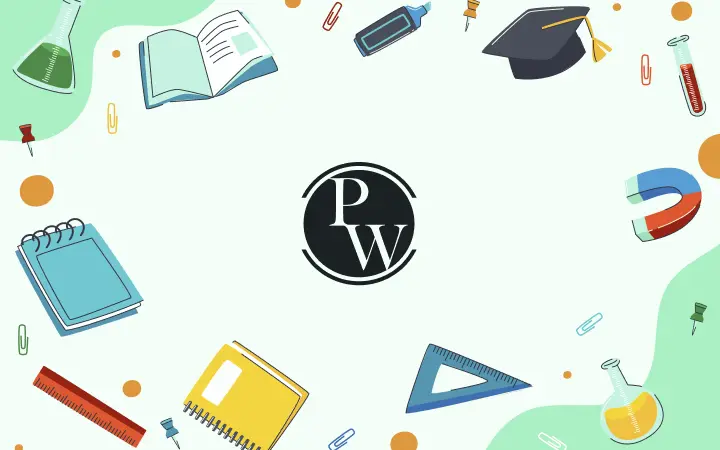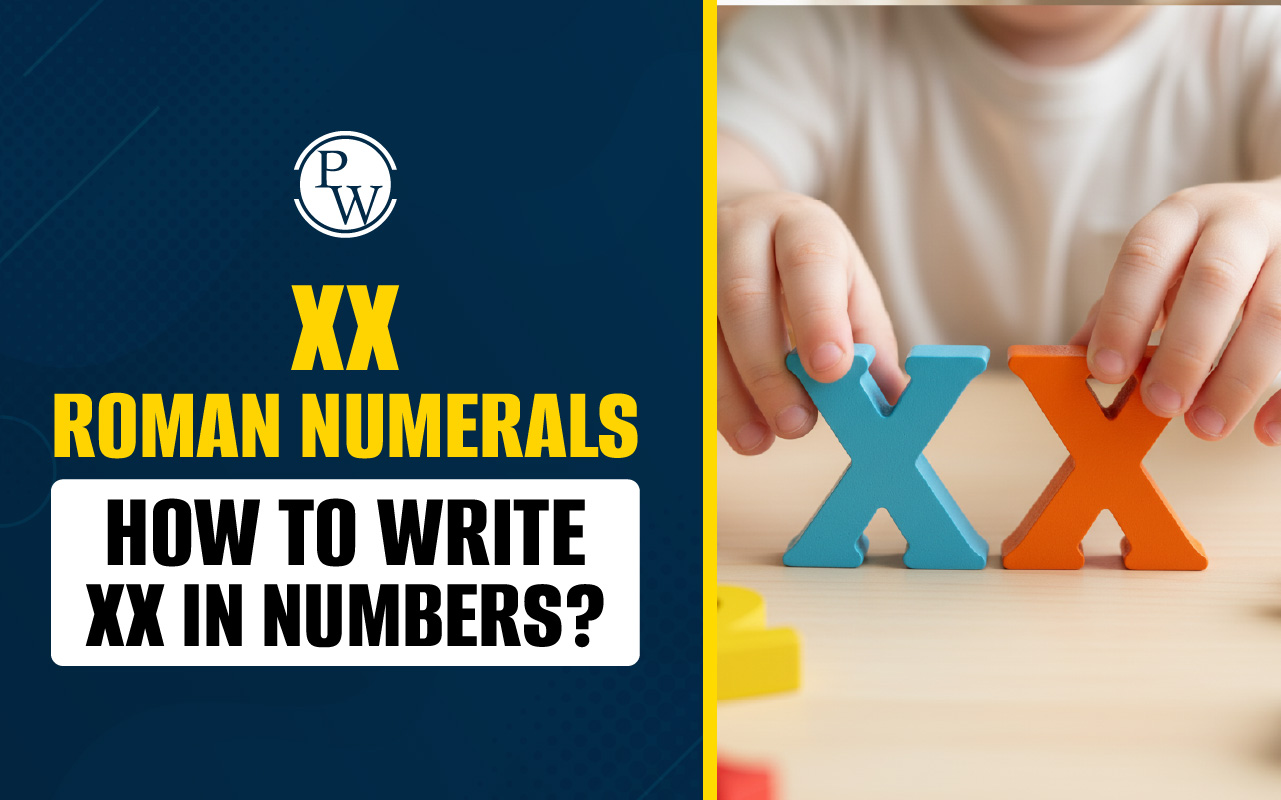
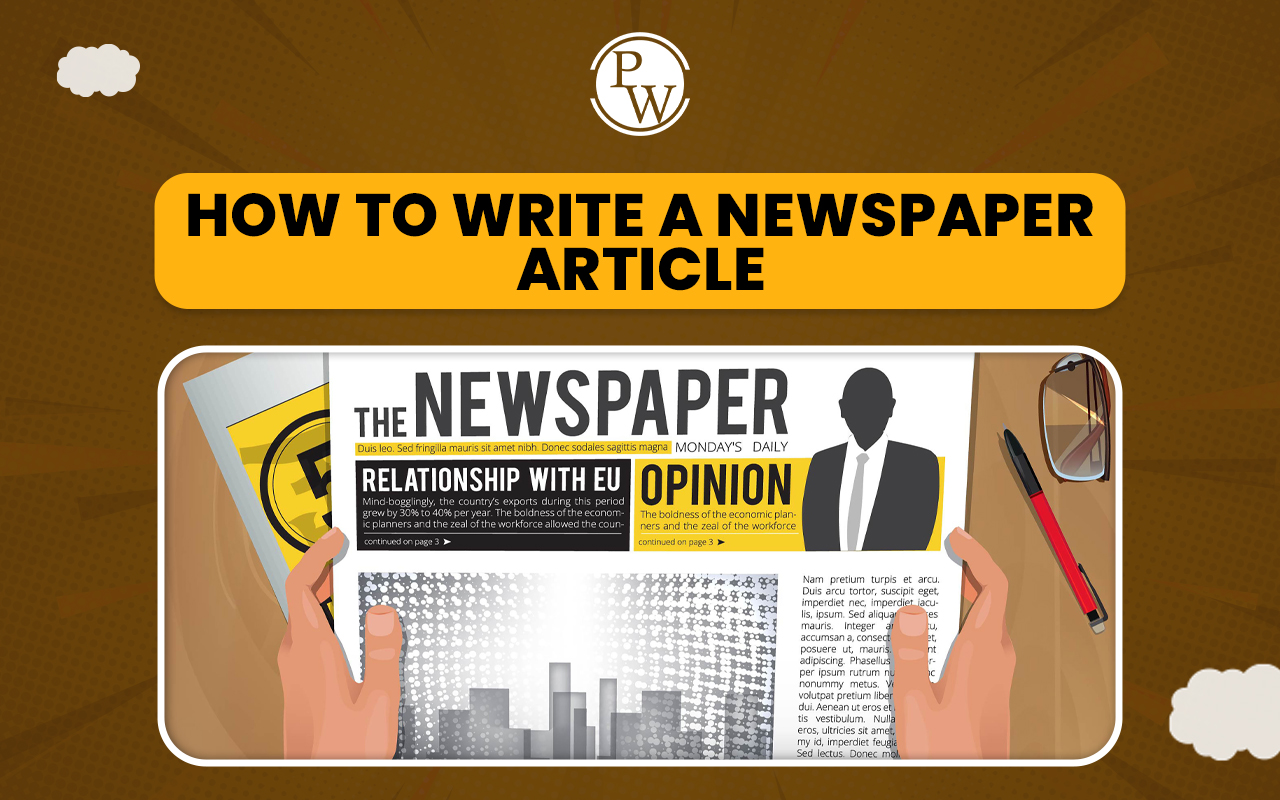
How to Write a Newspaper Article: Writing a newspaper article can be fun and exciting for kids. It helps you share news, express ideas, and even tell a story about something interesting. Whether it is about a school event, a community activity, or an exciting discovery, here is a simple step-by-step guide for young writers.
10 Fun First Day Classroom Activities
How to Write a Newspaper Article
Step 1: Understand What a Newspaper Article Is
A newspaper article is a way to tell people about news or events. It can include:- Facts: Information that is true and real.
- Opinions: What people think or feel about something (but this belongs in special sections like editorials).
- Details: The “who, what, when, where, why, and how” of the story.
Step 2: Choose a Topic
Think about what you want to write about. Here are some ideas:- A class activity or a school event.
- A sports game or competition.
- Something funny or exciting that happened in your community.
- A person, pet, or object that inspires you.
Step 3: Start with a Catchy Headline
The headline is the title of your article. It should be short and interesting to make people want to read your story. For example:- “School Sports Day Brings Joy to Everyone!”
- “Local Hero Saves a Kitten!”
Step 4: Write the Opening Sentence (The Lead)
The first sentence of your article is called the lead . It answers the most important questions:- Who is the article about?
- What happened?
- When did it happen?
- Where did it happen?
For example:
"On Friday, students of Green Valley School gathered for an exciting Sports Day filled with fun and laughter."Step 5: Add More Details in the Body
After the lead, write 2–3 paragraphs to give more details. Answer these questions:- Why did it happen?
- How did it happen?
- What were the results?
Example:
"Children from all grades participated in races, relays, and games. Parents cheered loudly, and teachers handed out medals to the winners. Everyone enjoyed the refreshments after the event."Step 6: Add Quotes (If Possible)
If you can, include a quote from someone involved. Quotes make your story feel more real.Example:
“The Sports Day was the best event of the year!” said Anaya, a 5th-grade student.Step 7: Write a Strong Ending
End your article with a summary or a hopeful message.Example:
“Sports Day brought everyone together, reminding us that teamwork and fun are the best parts of school life.”Step 8: Check Your Work
Before you finish, check for:- Spelling and grammar mistakes.
- Clear and simple sentences.
- Enough facts and details.
Tips for Writing a Good Article
Writing a great article is a skill that improves with practice. Whether you're writing for a school newspaper, a class assignment, or just for fun, these tips will help you create an engaging and well-structured piece.1. Choose an Interesting Topic
- Pick a subject that excites you or is important to your audience.
- Ensure the topic is relevant and has enough information available.
2. Create a Catchy Headline
- Write a short and eye-catching title to grab readers’ attention.
- Use strong, action-oriented words to make it exciting.
3. Start with a Strong Lead
- Begin with a sentence that answers the "who," "what," "when," "where," and "why" of your article.
- Make your opening sentence engaging to hook readers from the start.
4. Organize Your Article
- Introduction: Introduce the main topic briefly.
- Body: Provide details, examples, and explanations in a logical order.
- Conclusion: Wrap up with a summary or a thoughtful ending.
5. Write in Clear and Simple Language
- Use short sentences and easy-to-understand words, especially for younger readers.
- Avoid unnecessary jargon or overly complex phrases.
6. Be Accurate and Informative
- Stick to facts and verify your information before including it in your article.
- Use credible sources to make your article trustworthy.
7. Add Quotes or Real-Life Examples
- Including quotes from people or real-life events makes your article more interesting and relatable.
8. Stay Focused on the Topic
- Avoid going off-topic or including irrelevant details.
- Ensure every sentence contributes to the main idea of your article.
9. Keep Paragraphs Short
- Use 2–4 sentences per paragraph to make your article easy to read.
- Break up long sections with subheadings or bullet points.
10. Edit and Proofread
- Check for spelling, grammar, and punctuation mistakes.
- Read your article aloud to ensure it flows smoothly and makes sense.
11. Add Visuals (If Possible)
- Include pictures, graphs, or drawings to make your article more engaging.
- Captions should explain what the visuals are about.
12. Use a Strong Ending
- Conclude with a thought-provoking statement or a call to action.
- Example: "Let’s all work together to make our school a greener and better place!"
Sample Newspaper Article
Headline:
“School Garden Wins Best in Town!”Lead:
Last Saturday, the students of Sunshine Primary School won the town's Best Garden Award for their beautiful flowers and vegetables.Body:
The garden was planted in March, and students from all classes worked hard to take care of it. They watered the plants daily and used natural compost to keep them healthy. The judges praised the colorful flowers and fresh tomatoes in the garden. “We’re so proud of our garden,” said Rohan, a 6th-grade student. “It’s a team effort, and we learned a lot about plants!”Ending:
The students hope their success will inspire others to create gardens and care for nature.How to Write a Newspaper Article FAQs
What is the first step in writing a newspaper article?
How do I write an engaging headline?
What should I include in the opening of my article?
Should I include quotes in my article?


